Putting humanity on Mars is not a matter of just getting there. It’s also a significant building challenge. Surviving the low-atmosphere, alien surface for any significant amount of time will require innovative structures that can be assembled quickly and with materials that can be produced on-site. The challenge has guided a number of NASA-backed research initiatives.
One team of scientists from The University of Manchester in the United Kingdom and University of Oslo in Norway has developed a potential solution in the form of a 3D-printable material composed primarily of Martian soil and, grim though it may be, astronaut blood. The material, known as an “extraterrestrial regolith biocomposite,” is reportedly comparable to concrete but stronger.
While engineered for Martian construction, the study’s authors believe that “there may be terrestrial applications from the pursuit of this technology.” The material may change the way we make concrete.
The Need for “AstroCrete” on Mars
Mars is a dangerous place for humans. “Without an appreciable atmosphere or magnetosphere for protection,” reads the study, “exposure to galactic cosmic radiation, solar particle events and micrometeor strikes poses a significant survival risk to any crewed mission to Mars or long-term mission to the Lunar surface.”
Still, the planet’s dangers don’t mean it's necessarily hard to build there. Mars has (though extreme in some cases) manageable temperatures and gravity that’s hardly a third that of Earth’s—150lbs on Earth would be 57lbs on Mars. Wind would (and will) be trouble, but that can be a major hindrance here on Earth, too. The true challenge of building on the planet is accounting for the trip.
At its closest, Mars is about 34 million miles away from Earth. But NASA reports the planet doesn’t get that close very often. At the moment, the two are 205 million miles apart. The farthest humanity has ever traveled from Earth is 248,655 miles.
It’s a long trip and it’s an expensive trip. Researchers considered humans as a possible means of harvesting HSA in part to avoid the burden of having to transport cows to the planet. The estimated cost to send even a single brick to Mars is $2 million, according to a separate 2021 study. And so scientists developed a material that could in theory be produced using only what astronauts would have on hand.
The Martian surface, like many planetary surfaces, researchers from The University of Manchester and University of Oslo wrote, is covered with regolith, or crushed rock. Using a synthetic Martian regolith, those same researchers were able to demonstrate how the planet’s most abundant resource, when combined with water and human serum albumin (HSA), the “most abundant protein in human blood plasma”—which would be harvested from the crew—can be transformed into a malleable substance suited to serve as a mortar for sandbagging or as a material to be printed into structures—the latter has been termed “AstroCrete.”

Visible light images of the 3D-printed HSA-ERB based on MGS-1. (a) after fabrication, (b) during compression testing, and (c) after compression testing.
Image and caption courtesy The University of Manchester and University of Oslo
Stronger Than Typical Concrete
While calculations presented in the study suggest an individual astronaut would produce enough HSA over a 72-week mission to “construct habitat-space to support an additional astronaut,” the researchers also described the method as having “poor mechanical properties.” Inversely, AstroCrete has demonstrated exceptional strength—and you wouldn’t need to transport bags from Earth to Mars.
In compressive strength tests, which measure a material’s maximum strength, typical concrete, according to researchers, “has a compressive strength ranging between 20 and 32 MPa,” or megapascals.Translated to pounds per square inch, on the low end, typical concrete can support 2,900 PSI—on the high, about 4,641 PSI. The HSA-ERBs produced by researchers tested as high as 25 MPa, or 3,625 PSI, according to the study. Strong enough to serve as Impressive though its strength is, the material composed of Martian regolith and astronaut HSA was discovered to perform even better when paired with another substance crew members would supply, urea.
Found in urine, sweat, or tears, adding urea to the AstroCrete material’s mixture resulted in compressive strengths as high as 39.7 MPa, or 5,758 PSI. Researchers added further that the material has “significant scope for further optimization.”
Implications For Earth Materials
The most notable problem with astronauts harvesting themselves for HSA to use as a binder in AstroCrete is that production capacity is limited. By donating blood twice in a week, a person could safely provide only enough HSA for about 2.5 kg of AstroCrete, “which is about the mass of a standard red clay brick.” Harvesting any more quickly could be “potentially detrimental to crew wellbeing,” researchers wrote.
That limitation is less of a problem here on Earth, where we’ve been manufacturing similar biological products en masse since 1981, when synthetic insulin became widely available. While humans largely abandoned the use of binders and adhesives of biological origin when synthetic petroleum-derived products were introduced, developments in biotechnology alongside this recent study’s demonstration of not only of the material’s efficacy but also its sustainable nature, may give the process new life.
As mentioned in the study, concrete is an exceptionally exhaustive material in the sense that it accounts for 8% of all human-produced carbon dioxide emissions. Finding an alternative material may be the only way to reduce those emissions.
“(Concrete’s) emissions are primarily from the thermal decomposition of calcium carbonate (CaCO3) to calcium oxide (CaO) — a primary component of cement,” the report reads. “This chemical release of CO2, which accounts for over 50% of emissions, cannot be avoided through the use of renewable or nuclear energy sources, and thus, greener aggregate binders should be sought.”

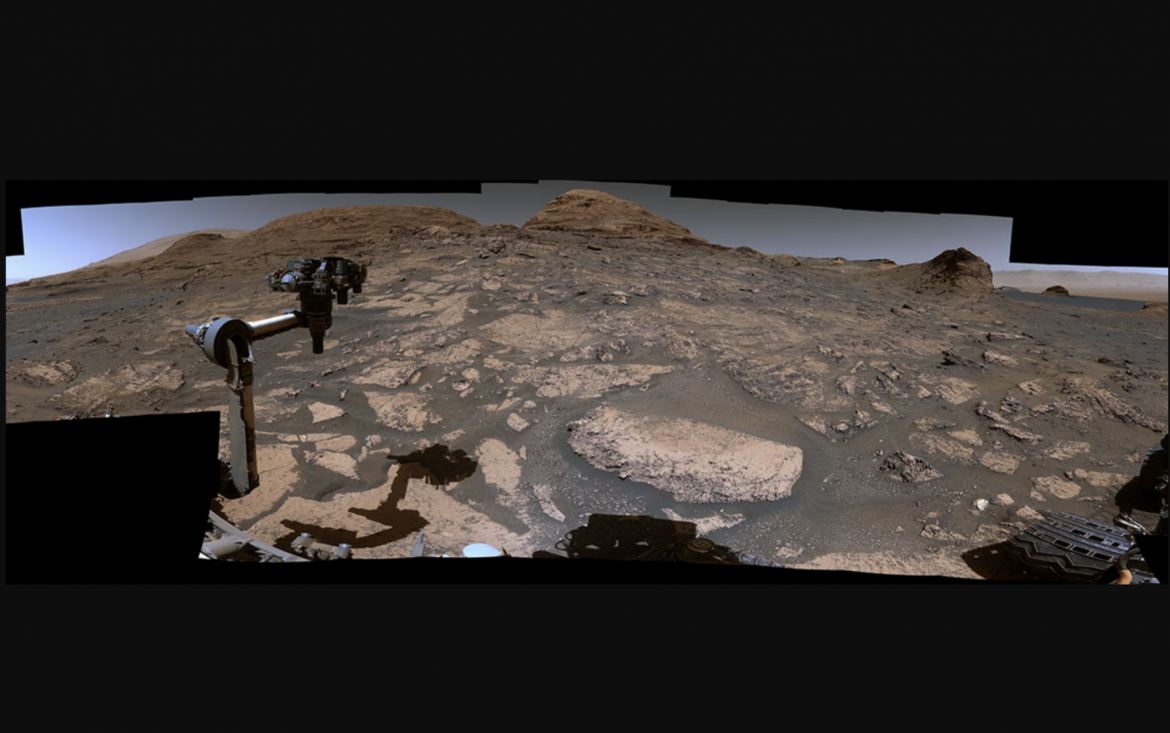
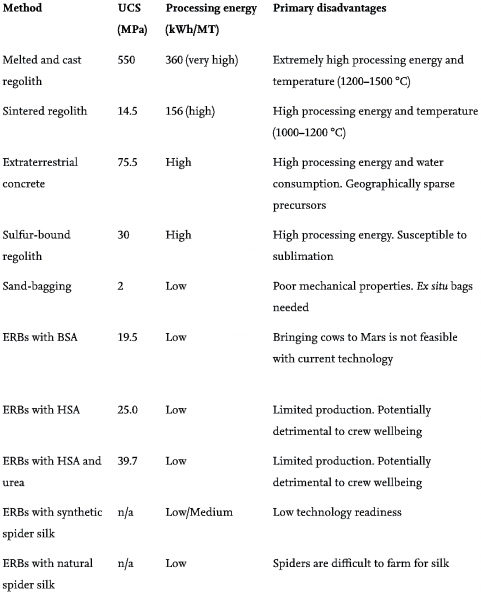

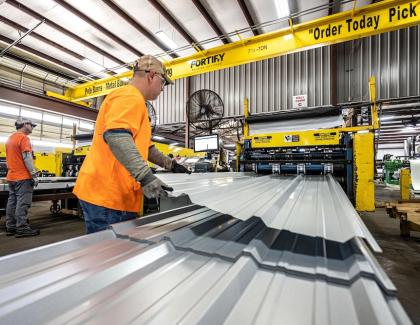
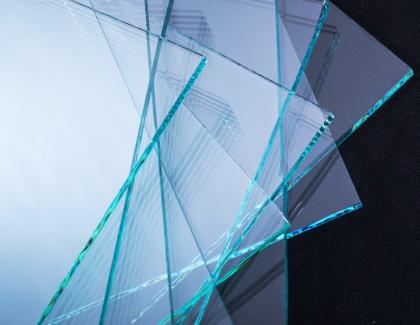
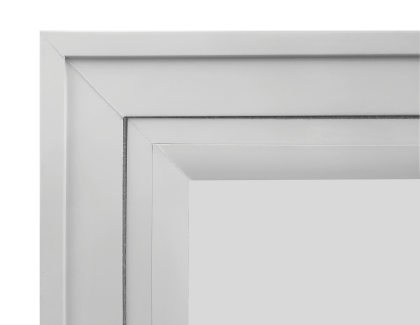


Add new comment